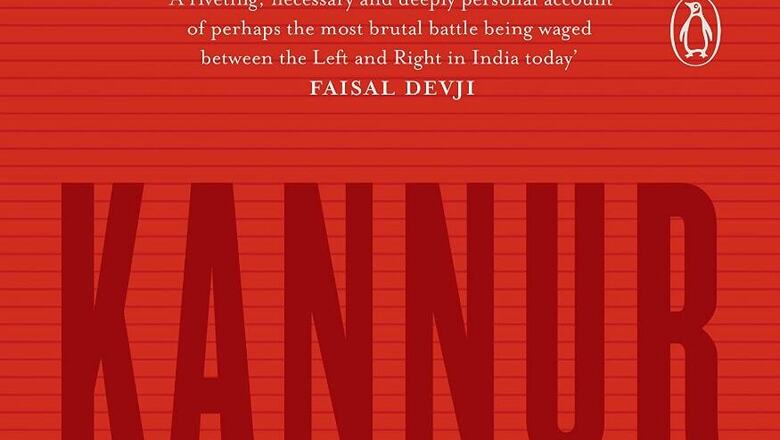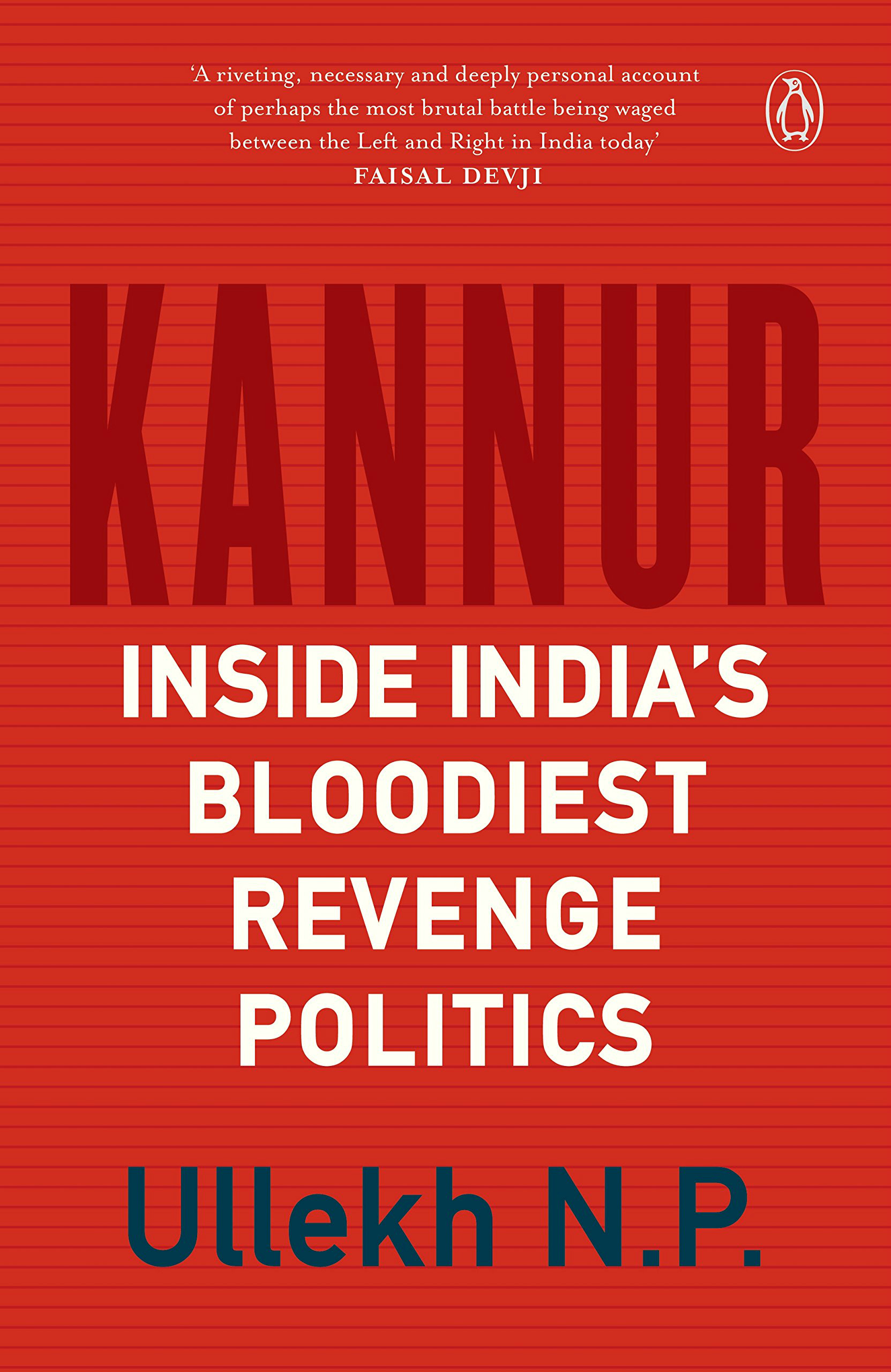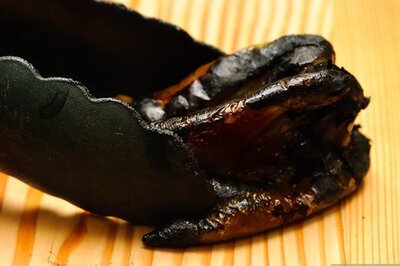
views
KANNUR: Inside India’s Bloodiest Revenge Politics
By Ullekh NP
Viking Penguin 2018, 223pp., Rs 499
Reviewed by Shashi Tharoor
Kannur (or, as the Brits preferred to call it, Cannanore) is a lovely little town in north Kerala, located in a picturesque seaside setting near some spectacular beaches that ought to have made it a tourist paradise. It is better known, instead, as a town drenched in blood from repeated acts of political violence. Between 1991 and 2016, according to official crime statistics, 45 CPI-M activists, 44 BJP-RSS workers, 15 Congressmen and four Muslim Leaguers have been murdered in Kannur.
What explains this sordid history of political butchery? In this slender volume, Ullekh NP, a senior journalist, explores the history and sociology of this tragic phenomenon.
Kannur, where the author, the son of a leading Communist politician, was born and grew up, is an intimate portrait of a place and its politics. The book offers a startling evocation of how deeply entrenched the blood-feuds have become, how entire families adopt political allegiances as seemingly immutable as the Montagues and the Capulets, and how willing party workers are to shed blood in the name of political ideology. A cult of killing and reprisal seems deeply entrenched in a place that fully deserves the sobriquet of “India’s Sicily”.
The roster of killings begins to numb the reader after a while — the sheer pointlessness of the repeated blood-letting, the predictable revenge killings, the unending litany of loss. Though Ullekh has been brought up in a Communist family – there is a revealing anecdote about him, as a child, being warned by an aunt against playing football with a boy from another family because “they’re Congress” – he seeks to be admirably even-handed in apportioning responsibility for the killings.

His account makes it clear that Communist ideology is partly to blame for arguing that violence is justified for their cause, as is the RSS’ readiness to employ weapons to further their aims.
But Ullekh also looks back to an old north Malabar tradition of fighting over the smallest of disputes, as the Chekavars, fabled martial-arts exponents, waged duels to the death over the smallest of slights. Tracing historical and mythological tales of the infusion of martial blood into the local people, he speculates that perhaps violence has become ingrained in the very DNA of the place over time; only the excuses for it have changed.
The book overflows with portraits of doughty Kannur Communists like P Krishna Pillai and AK Gopalan, legendary comrades both, and nationally less well-known stalwarts like P Jayarajan and MV Raghavan (who broke with the CPI-M to found a splinter party which ironically allied with the Congress-led United Democratic Front against his erstwhile comrades). “MVR”, once blamed for instigating Communist violence against political enemies, was then accused, in the early 1990s, of masterminding violent reprisals against CPI-M workers on behalf of his new allies.
The author traces the violence between the RSS and the Communists back to January 1948, when the latter disrupted a speech by the RSS sarsangchalak, Guru Golwalkar. Both outfits were banned, for different reasons, in the late 1940s, and when both re-emerged and reorganised as effective cadre-based organisations with an anti-Congress agenda, they found their nemesis in each other. The hostilities have erupted from time to time, but have intensified in both frequency and horror in recent years, almost in parallel with the rise of the Sangh Parivar to national prominence and the proliferation of RSS shakhas in Kerala.
Ironically, the rivalry between the two groups is underscored by the fact that in Kerala, both are competing for Hindu votes, which the Communists have won in the past from voters disgruntled by the Congress’ pro-minority leanings. This unusual feature helps explain the otherwise ideologically-incomprehensible fact that the RSS has drawn many of its youth activists from traditionally Marxist families and strongholds.
Ullekh gives some prominence to the “Redtrocity” campaign led by the ruling BJP against Communist-led violence that has highlighted atrocities against BJP and RSS workers in Kannur and elsewhere in Kerala. It has engaged cabinet ministers and commanded national media attention for a one-sided narrative that portrays the RSS as victims and the Communists as perpetrators — but arguably had little impact in Kerala itself, where most of the public tends to blame both sides equally (in Shakespeare’s words, “a plague on both your houses”).
On the whole, the author appears to be more reliant on Communist sources. This cuts both ways: while he meets and reports on conversations with several prominent CPI-M leaders, notably Chief Minister Pinarayi Vijayan, he also offers a detailed account of the career of a reputed Communist practitioner of violence, the “avuncular”, “charming” and “puritanical” marma expert Janardhanan, but does not match it with an RSS equivalent.
The book’s strength as a descriptive work does not, alas, point to a way out of the problem. Ullekh’s closing chapter, in which he tentatively explores possible ways forward, does not end on a hopeful note. One can scarcely blame him, though, for not accomplishing what police, politicians, and noted spiritual leader Sri M have tried and failed to do — to bring peace to Kannur.
At once well-researched and deeply felt, supported by interviews with perpetrators and victims alike, and backed up by a wealth of factual detail, Kannur is a book that provides both information and insight in a simple and lucidly accessible style. It deserves to be read by anyone concerned about the spiral of political violence bedevilling this part of God’s Own Country.
(The author is Congress MP from Thiruvananthapuram. Views are personal)


















Comments
0 comment